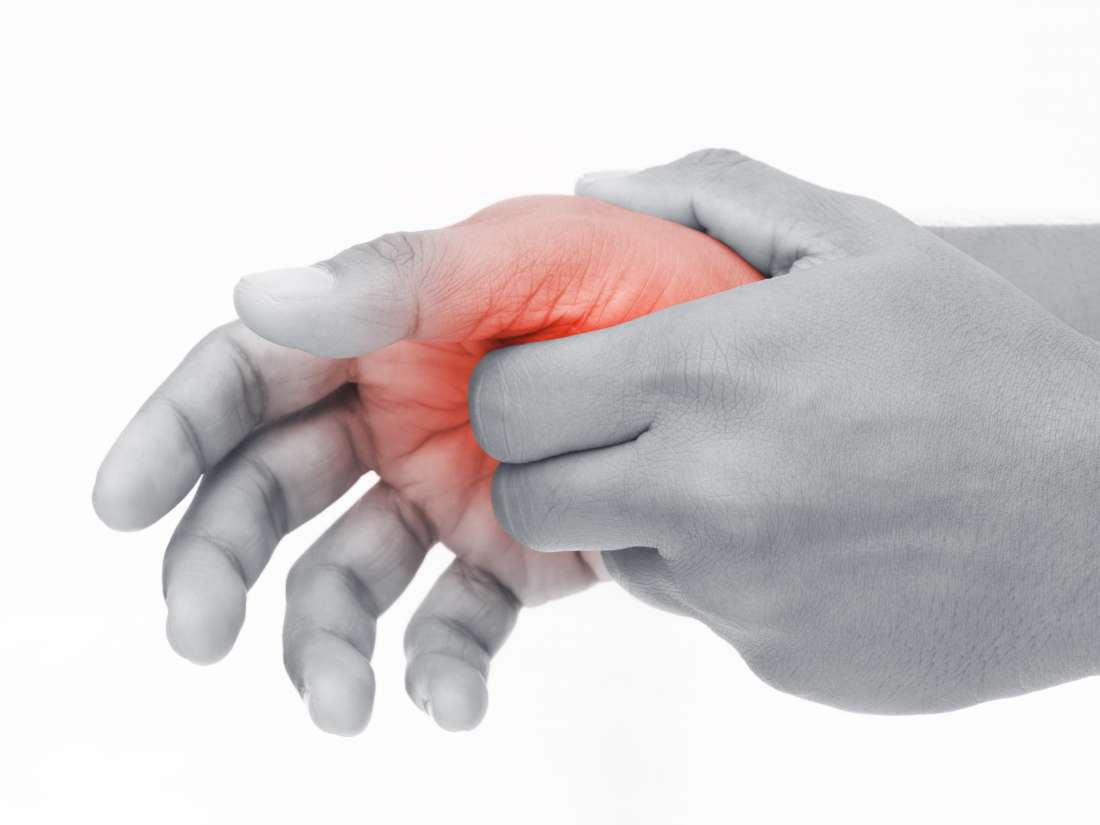Tenosynovitis is inflammation of the tendon and its synovium. A tendon is a tissue cord that connects muscle to bone. The synovium is the lining of the sheath around the tendon. The tendon may thicken and fail to slide smoothly through the swollen lining.
What increases the risk of tenosynovitis?
- overuse
- infection
- Tendon compression
- Injured
What are the symptoms and signs of tenosynovitis?
- Pain, redness or swelling may become worse or appear at rest
- Fingers, toes or ankles may get stuck, jammed or stuck
- Harsh sound or sensation
- Bruises on toes or swelling of fingers
- Stiffness of fingers, ankles or toes
- Weakness and limited mobility
How to manage symptoms?
- Take rest as directed.
- Lift as much of the inflamed area as possible above the heart. This will help reduce swelling and pain. Place the inflamed area on a pillow or blanket for comfort.
- Use assistive equipment as directed. You may need support, splints, walking boots or plaster. You may also need to use a crutch or brace. These devices prevent exercise, reduce pain, and help your tendons heal.
- Apply ice every 15 to 20 minutes every hour or as directed. Use an ice pack, or place crushed ice in a plastic bag. Cover it with a towel. Ice helps prevent tissue damage and reduces swelling and pain.
- Your physical therapist will teach you exercises to help improve exercise and strength, and reduce pain. An occupational therapist will teach you some techniques to help you with your daily activities.

